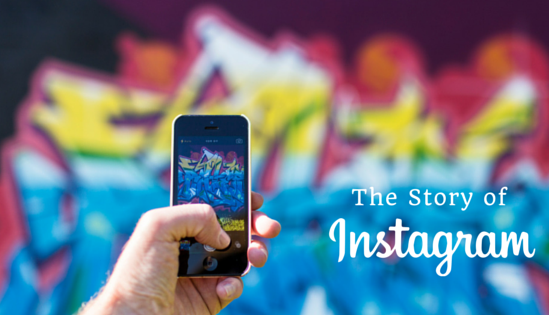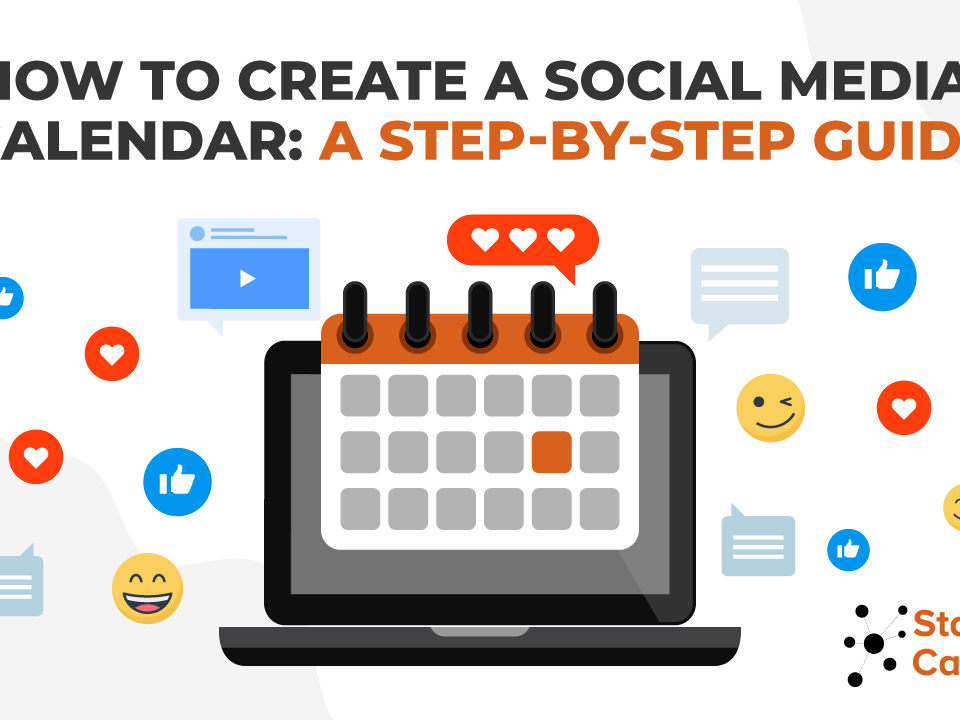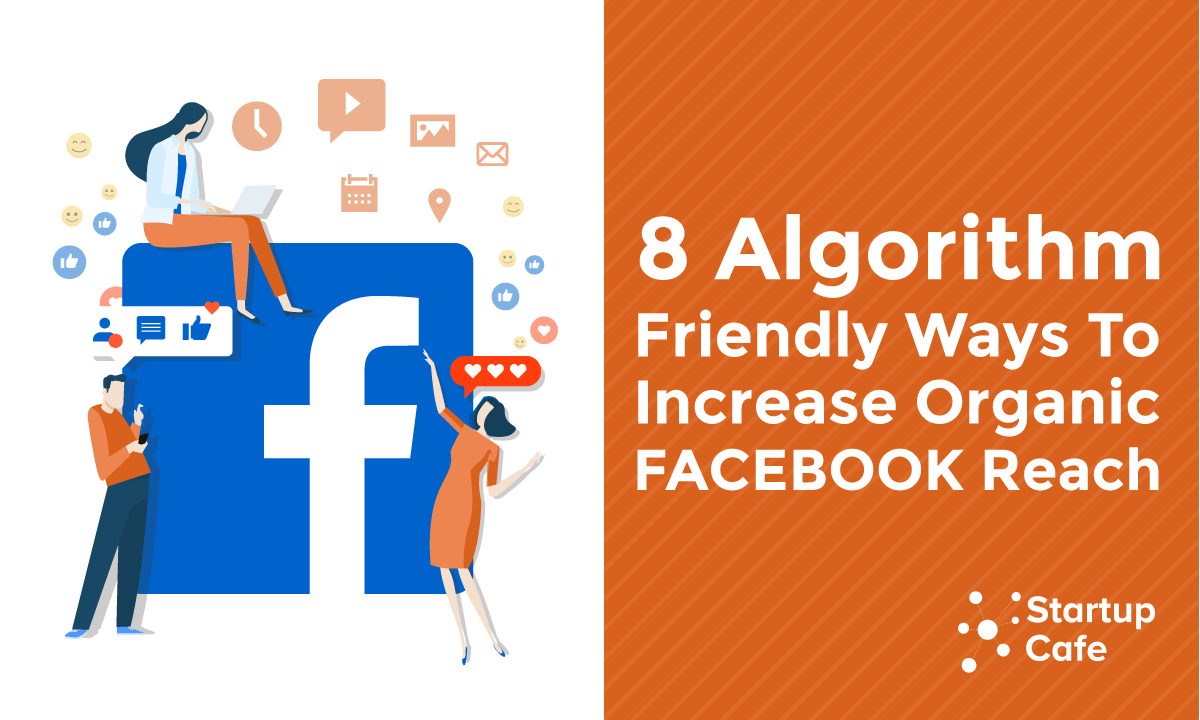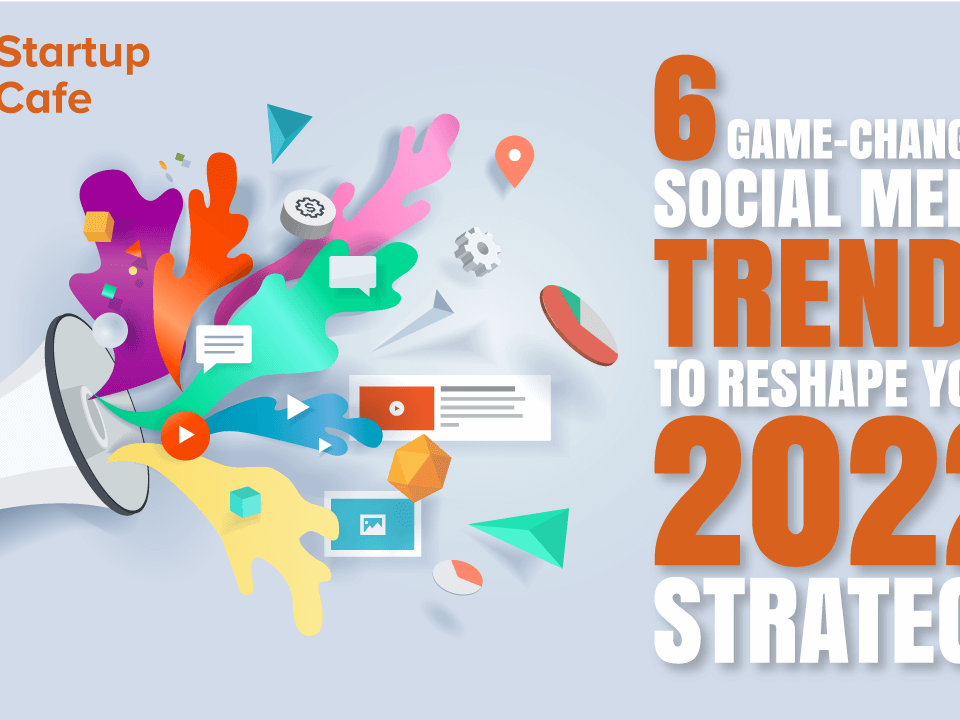
SEO Best Practices to Follow in 2015
May 5, 2015This article will focus on demystifying the elusive success of the most popular photo-sharing app in the world, Instagram. There is a common belief among some people that Instagram, the third most popular social network, took just 8 weeks to build and ship, and hence the founders just got lucky with perfect timing. But it isn’t that simple. Like most entrepreneurs, Kevin Systrom and Mike Krieger had to struggle and even experience failure before they found their Eureka moment.
Instagram was founded by Systrom and Krieger in 2010 and was acquired by Facebook less than two years later by which time they had already accumulated a whopping 80 million users. As of today, the photo-sharing app has more than 300 million active users. But how did they achieve such phenomenal growth? What led this simple idea to reach the heights of success that it did? And what made a social media behemoth like Facebook buy Instagram in less than two years of its launch? It all started with Burbn, a location based check-in app developed by Systrom while he was still working in marketing at Nextstop.
The Role of Burbn in the Success of Instagram
Some entrepreneurs find their mojo only after failing in their first venture. Henry Ford founded two automobile companies that failed before he founded Ford. Bill Gates failed with a company called Traf-O-Data before he formed Microsoft with Paul Allen. For Kevin Systrom, that failed venture was Bourbn. Not having a formal CS degree, Systrom had to learn programming while he was still working. Back in 2009, check-in apps and Facebook games such as Farmville and Mafia Wars were considered cool. A fan of both Foursqaure and Mafia Wars, Systrom decided to combine the elements of both and launched an app called Burbn (he was a fan of Kentucky whiskeys too). Much like Foursquare, Burbn was a HTML-5 based check-in iPhone app. But it had additional features wherein it allowed users to make plans for future check-ins, earn points for hanging out with friends, and post pictures of the meet-ups. Mike Krieger, a seasoned coder, loved the idea and agreed to co-found the company with Systrom. At that stage, the idea seemed so good that Systrom quit his day job to focus on Bourbn and within two weeks of leaving, the app raised half a million dollars from Baseline Ventures and Andreessen Horowitz.
They were off to a wonderful start, but soon cracks began to appear. The app just wasn’t gaining any momentum. The users were barely using Bourbn to check-in. They had Foursquare for that. Not just that, but they realized Bourbn was confusing its users by offering a plethora of features. Through analytics, Krieger found that Bourbn users were using the photo-sharing feature more than any other feature. It was hugely popular among its small user base. They were using the photo-sharing app for mundane stuff – bathroom selfies, food photos, beer/coffee photos. They saw a huge opportunity here – a sweet spot which other social players had ignored. That’s when Systrom and Krieger decided to scrap everything else and make their product a simple photo-sharing app.
Research Into Other Photography Apps
This is the stage when Systrom and Krieger studied other photography apps to see which of them were popular among the audience they were targeting. They quickly zeroed in on two – Facebook and Hipstamatic. Facebook was by then the most popular social network, but it didn’t have a great photo-sharing feature. Hipstamatic had great filters, but social sharing was difficult. Both of them saw an opportunity to use the best features of both these social apps and create an easy to use app by focusing solely on simplicity.
The Birth and Rise of Instagram
After months of experimentation, Systrom and Krieger released their photo-sharing app. It was not called Bourbn anymore. It was called Instagram. And the rest, as they say, is history. Having experienced failure once, Systrom and Krieger didn’t know what to expect. On the first day of its launch, Instagram had 25000 registrations and by three months, they had 1 million. They had nailed the timing. iPhone 4 had just been launched and smartphone cameras were finally good enough to compete with point and shoot cameras. They soon reached a user base of 10 million and it was all organic with zero marketing. They didn’t have a marketing budget. And they still hadn’t released an Android version of their app yet. On April 3, 2012, when Instagram was finally released on Android, it was downloaded more than a million times on the first day.
In 2013, Instagram was featured in TIME’s 50 Best Android Applications. Now it has a customer base of 300 million active users – divided equally with 50% iPhone users and 50% Android users. Celebrities love Instagram and use it mostly to engage with their fanbase. Professional photographers use it to showcase their portfolio. The product itself has maintained its simplicity which still remains a major hook to attract new users to its platform. It’s still achieving exponential growth in terms of acquiring new users – it grew by 23% in 2013 while its parent company, Facebook, grew only by 3%. The future indeed looks bright for Instagram and their phenomenal growth story will continue to inspire fledgling startups in their struggle to gain acceptance and popularity in the market.




